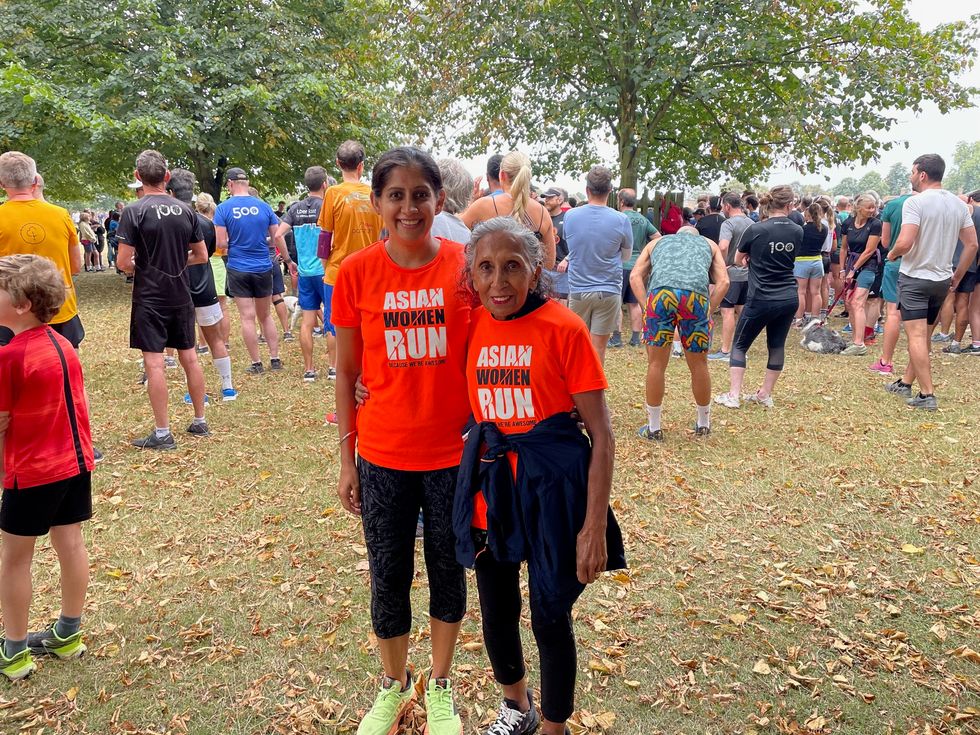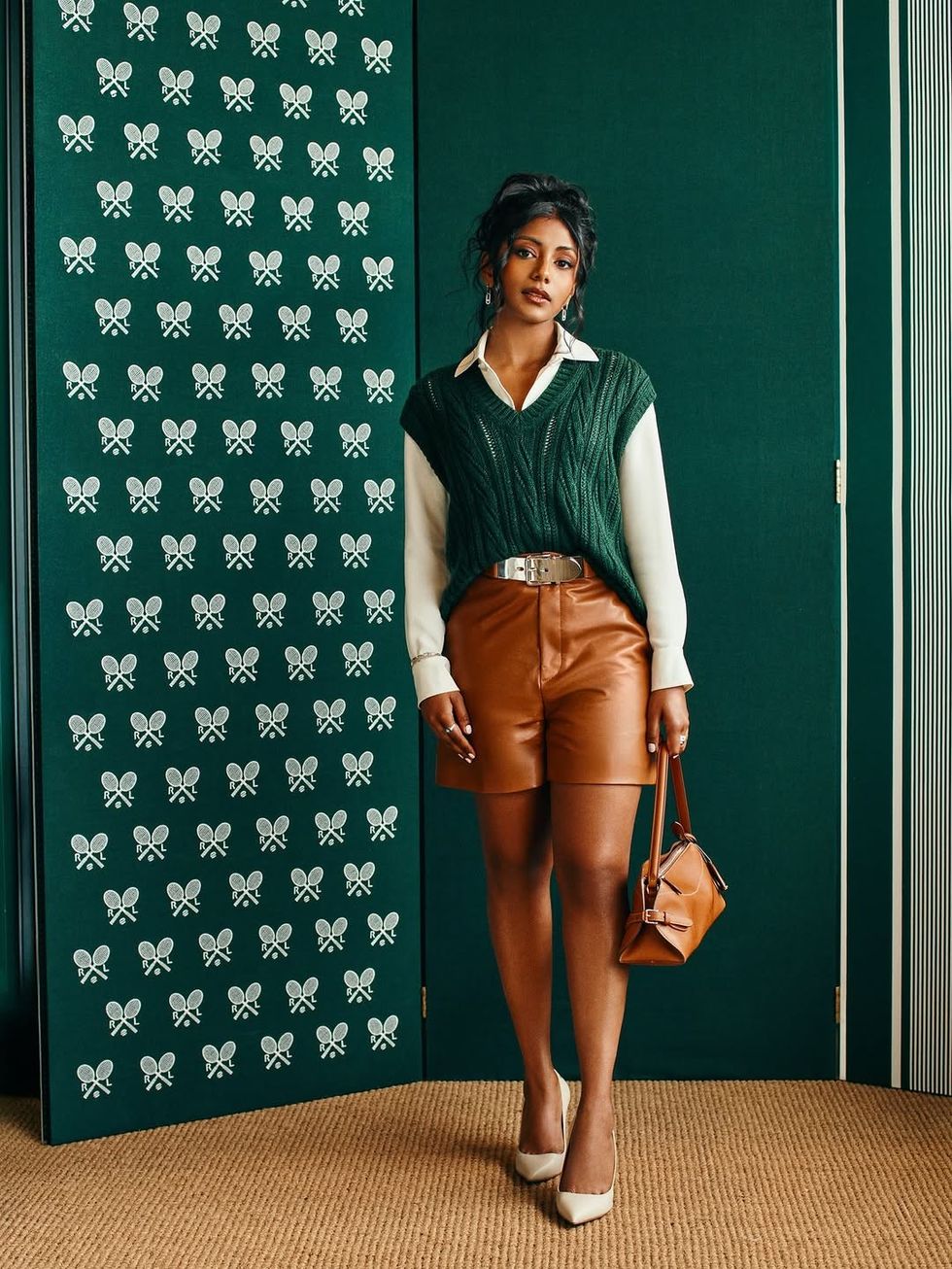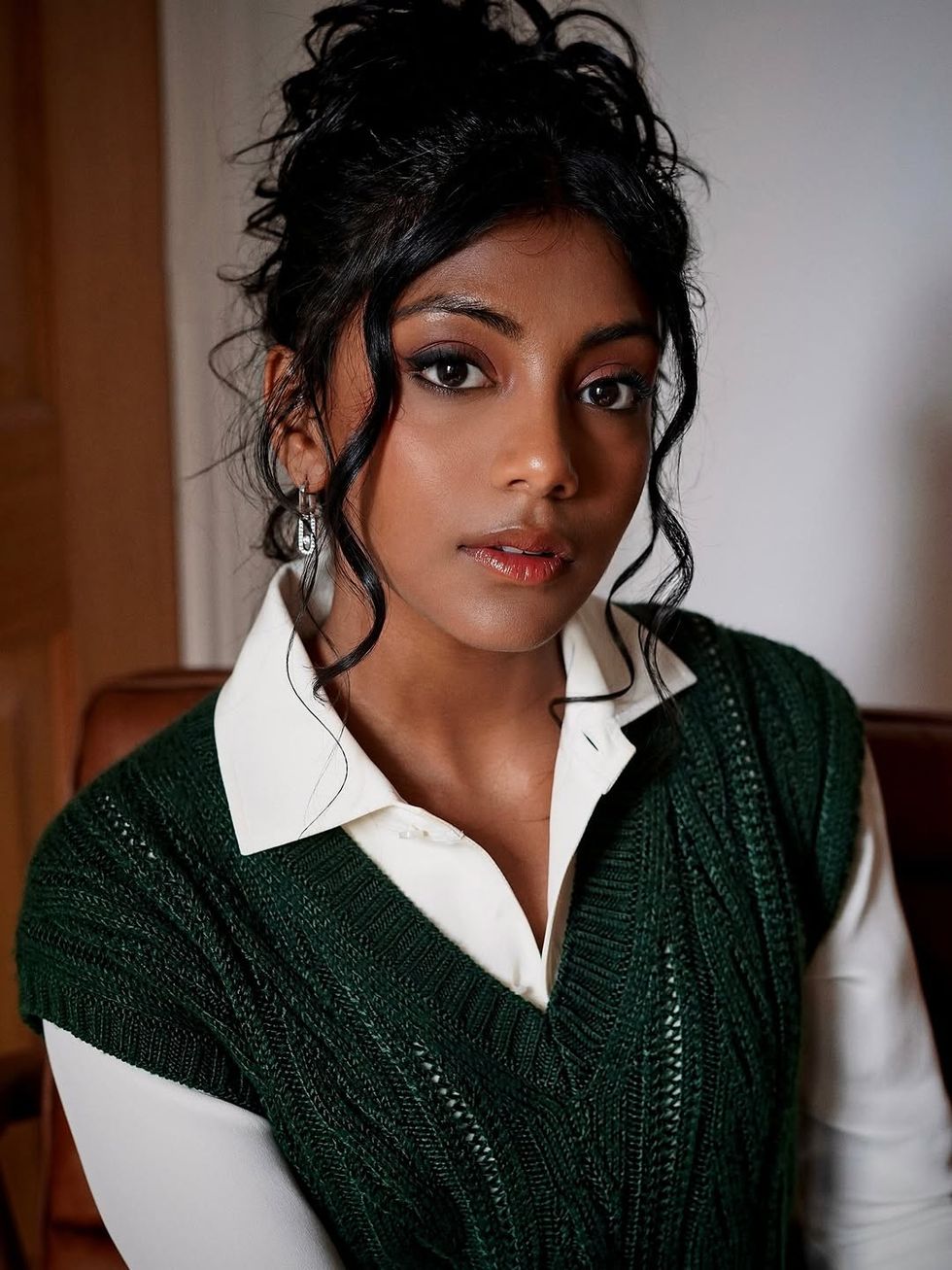By Asjad Nazir
THIS month Saba Rizvi will unveil her debut collection. For the talented artist, this means much more than just showing off her paintings, but the end of a difficult journey and the beginning of an exciting next chapter in her life. Toronto-based Saba was a focused second year medical student looking forward to a bright career when a horrific car accident saw her lose everything she knew.
Eastern Eye caught up with Saba to talk about her remarkable road to recovery, brain injury, art, inspiration, future hopes and more.
You were carefree, but focused. Then you had your accident. Tell us about it.
The accident was a hit and run, causing my car to roll about four or five times down a 25-foot ditch. The driver’s side was indented from the top and we landed sideways. Witnesses managed to pull us out of the car.
What happened after the accident?
I was taken to hospital and was sent home after a few X-rays of my arms and back. A head CT scan was not done. I was informed the next day that I had fractured my finger. What they hadn’t realised was that I had sustained a brain injury, dislocated my jaw, and developed fibromyalgia (hypersensitivity of the nerves and muscles to any stimuli). The (internal) injuries were not recognised or taken seriously because I looked physically “normal”.
How did having these injuries affect you?
A brain injury makes it very difficult to function. I had to quit school and was unable to keep a job at that time. It causes severe migraines, dyslexia, and insomnia, to name a few. Fibromyalgia causes clothing or water to feel like painful stimuli – it makes it feel as if you have severe sunburn coupled with the worst flu symptoms 24/7. My jaw dislocation made it difficult to talk or eat.
Tell us about the road to recovery.
The road to recovery was very difficult because the injuries can only be managed, not treated. Some medications cause more symptoms than relief. I learned to manage my symptoms via medication and art. Recovery consists of pre-planning my days and ensuring I only engage in activities that will not further exacerbate my pain levels.
What was the lowest point for you?
The lowest point was learning to manage the symptoms only to find that they cannot be controlled. Finding a way to manage the symptoms to a tolerable degree was difficult, but then the brain injury and fibromyalgia flaring up worse than before was disheartening. The symptoms can’t be managed the same way every time, or even to the same degree as they are affected by various triggers such as extreme weather, medication, stress and fatigue. So, you can overcome what you thought was the worst flare up of your life, which lasted anywhere from days to months, just to have an even worse one a few weeks later.
What was the biggest challenge to recovery?
The biggest challenge is dealing with people who don’t understand or accept your situation because they can’t visibly see an injured limb. People often believe invisible disabilities are a call for attention and react negatively. Dealing with negative people is a barrier to recovery.
How much did the support of family and friends help?
Family and friends’ support is crucial because living through pain is not easy. Sometimes just having the support to sit quietly and not do anything is more important than any other treatment. Peace of mind is much needed when you live with chronic pain.
When did you decide to leave medicine?
I was determined for years to go back to studying, but didn’t receive the proper treatment for about four years, worsening my symptoms. I realised last year that even with the temporary improvements, the mental and physical toll of medicine did not take priority over my health.
How did you connect with art?
I was exploring the different ways to express myself and relax when I remembered how much I loved to draw and paint. I started painting again and found I could just let my emotions flow. Art is a great alternative to classical meditation as you lose yourself in art, focus on the moment and just relax.
Tell us about your work.
My work focus is primarily abstract expressionism. Due to my brain injury, I have lost the ability to draw or paint realistic images. I work with mostly acrylic and oil paint on canvas. I try to promote positive mental health via my paintings as the paintings are my story, as well as the story of everyone else who is going through something.
Where do you draw your inspiration from?
I am inspired by my own life experiences. I have a work called Migraine, where I decided to start painting while I had a severe migraine. I just let my emotions onto the canvas. I remember choosing colours and letting the brush/palette knife do its thing. I try not to preplan my paintings and let the art flow through. The resulting painting was that of someone enduring a migraine, with the use of a palette knife and the colours showing the different pain levels, and how one feels. It helped me by visually explaining to others what I go through when I have a migraine. This was especially important with people who have never experienced a migraine, and don’t understand what it feels like.
Who is your work aimed at?
My work is aimed at everyone and anyone. For example, my pieces Migraine and Fibromyalgia in particular are aimed at those who are going through the same experiences and need a visual representation to connect with or share with others who don’t understand the extent of their injuries or pain via verbal communication. Repose and Tranquility encourage positivity and peace. They are aimed at people who need to look at artwork to relax, take a breather or gain inner strength. The idea is to form an overall positive visual and emotional connection allowing the viewer to know that there are others out there who are experiencing the same thing. Sometimes a conversation about what someone is feeling is too hard for some people, and looking at artwork whenever they feel upset, or happy, allows them to fulfil that desire to find someone who gets it.
What is your favourite piece?
I have a few favourites. Creating the work Migraine resulted in my migraine decreasing by 40 per cent that night and it helped others understand why they are so debilitating. Not Your Average Rose is meaningful because it represents a rose that is blooming despite its negative environment. Tranquillity is also empowering and about weathering the storm. Signified by the use of an elephant, the multicoloured Emerge is about progression, determination and strength. Fibromyalgia shows the silent pain sufferers from this
condition endure. Neuroplasticity is about finding new connections and rebuilding yourself after something traumatic like a brain injury.
What kind of art do you like?
I am a huge fan of artists such as Monet, Caravaggio and Jackson Pollock. There are so many other great artists who have left a lasting legacy.
What advice would you give those recovering from a serious accident?
Educate yourself and be easy on yourself. Be vocal about what you are going through and what you need. You will meet more negativity than support. Others will be quick to tell you you’re not trying hard enough to recover or are just being lazy, but the negative talk is representative of others and not you. Don’t take on others’ stress, and give yourself time to recover.
Rest is the most important part of recovery. Doing nothing is actually beneficial to your health. You will eventually emerge out of everything. Discussing your story and experience is a great way to let others know that they have someone they can contact if they too are experiencing something similar. It provides an outlet for both you and someone else, as well as a means to explore more treatment and recovery options and to make new connections.
What kind of work are you doing to raise awareness about the issue?
I am a member of organisations including Brain Injury Society of Toronto and Brain Injury Association of Peel Halton. Otherwise, I try to share a lot of articles and information whenever I see something that is relevant. There is not enough information out there and just sharing content is sometimes enough to eliminate stigma.
What is your future plan?
I hope to go back to school for something related to therapy, as well as pursuing my career in art.
Where do you draw your inner strength from?
I have a strong belief in myself and my ability to do well in life. That itself stems from my family support and my faith in God.
Why do you love art?
Art is expressive and very subjective. It’s a very personal experience creating a piece of art as it takes a part of you with it and functions as a release. At the same time, I can create a piece of art and have a very specific purpose behind the piece, but an individual from a different walk of life can look at the same piece and take away something I may have never considered. A piece of art can create a much-needed connection by igniting emotions in someone and bringing the positivity they need at that moment of time. It’s something they can visit time and again.
See Instagram and Facebook: @sabsrizviart and Twitter: @sabsrizvi
















 Charithra Chandran styled her hair in soft curls for the Ralph Lauren outfitInstagram/
Charithra Chandran styled her hair in soft curls for the Ralph Lauren outfitInstagram/ Charithra’s look was inspired by her character Edwina Sharma from BridgertonInstagram/
Charithra’s look was inspired by her character Edwina Sharma from BridgertonInstagram/

